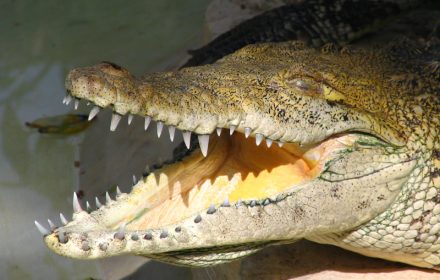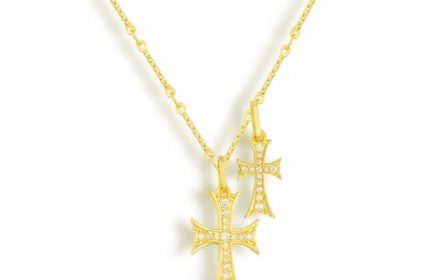As I embarked on my path to understanding the elephant spirit animal and its symbolism, I turned to the guidance of psychics near me. This journey not only opened my eyes to the profound symbolism of the elephant but also to the importance of seeking spiritual guidance from trusted sources.
Articles by V
Elephants are among the most revered animals in spiritual traditions around the world. Known for their intelligence, emotional depth, and extraordinary strength, these majestic creatures hold profound spiritual significance. This article explores the 10 most frequently asked questions about elephants, with a focus on their symbolic meanings across various cultures.
Mediums, those who can communicate with the spirit world, often interpret the appearance of elephants as messages from the other side, offering guidance, protection, and insight. In this article, we will explore the mysterious significance of elephants, their symbolism in different cultures, and how mediums interpret dreams their spiritual meaning.
If an elephant appears in your dream, it may carry messages related to your life or spiritual path. Mediums and dream interpreters often see such dreams as messages from the subconscious or even the spirit world. This article will explore the meaning of elephant dreams and how mediums interpret them.
If an elephant has appeared in your dreams, it could be a sign that the elephant spirit animal is calling you to pay attention to your spiritual path. In this article, we will explore the symbolism of the elephant spirit animal and how it can guide you toward deeper insights.
This article explores the significance of elephants as spiritual symbols and how psychics interpret their presence in the lives. We will delve into the historical, cultural, and metaphysical meanings behind elephant symbolism and how psychics use this imagery to guide their clients on a path of self-discovery, healing, and transformation.
In various African cultures, the crocodile holds a significant place in spiritual and religious practices, sometimes being revered as a sacred animal. In this in-depth article, we will explore the meaning of crocodile spirit worship in African cultures, its spiritual significance, and how it continues to shape cultural practices today.
This in-depth article will explore the various tools and techniques that a clairvoyant uses to interpret dreams involving crocodiles. We will explore the symbolism of the crocodile, the methods employed by clairvoyants to interpret dreams, and how these tools can help you better understand the messages hidden in your dream.
In the realm of Native American symbolism, animals hold profound meaning, often serving as totems or spiritual guides that connect individuals with important traits and lessons for personal growth. Among these animals, the crocodile spirit animal stands out as a powerful totem of survival, strength, resilience, protection, and emotional depth.
When it comes to jewelry, bands are a timeless piece that can elevate your look without breaking the bank. There are options that combine elegance and affordability. We explore stylish yet affordable bands that are perfect for any budget, helping you find the right piece to add to your collection.










